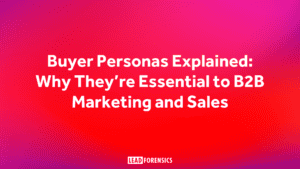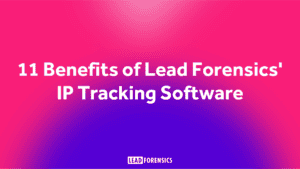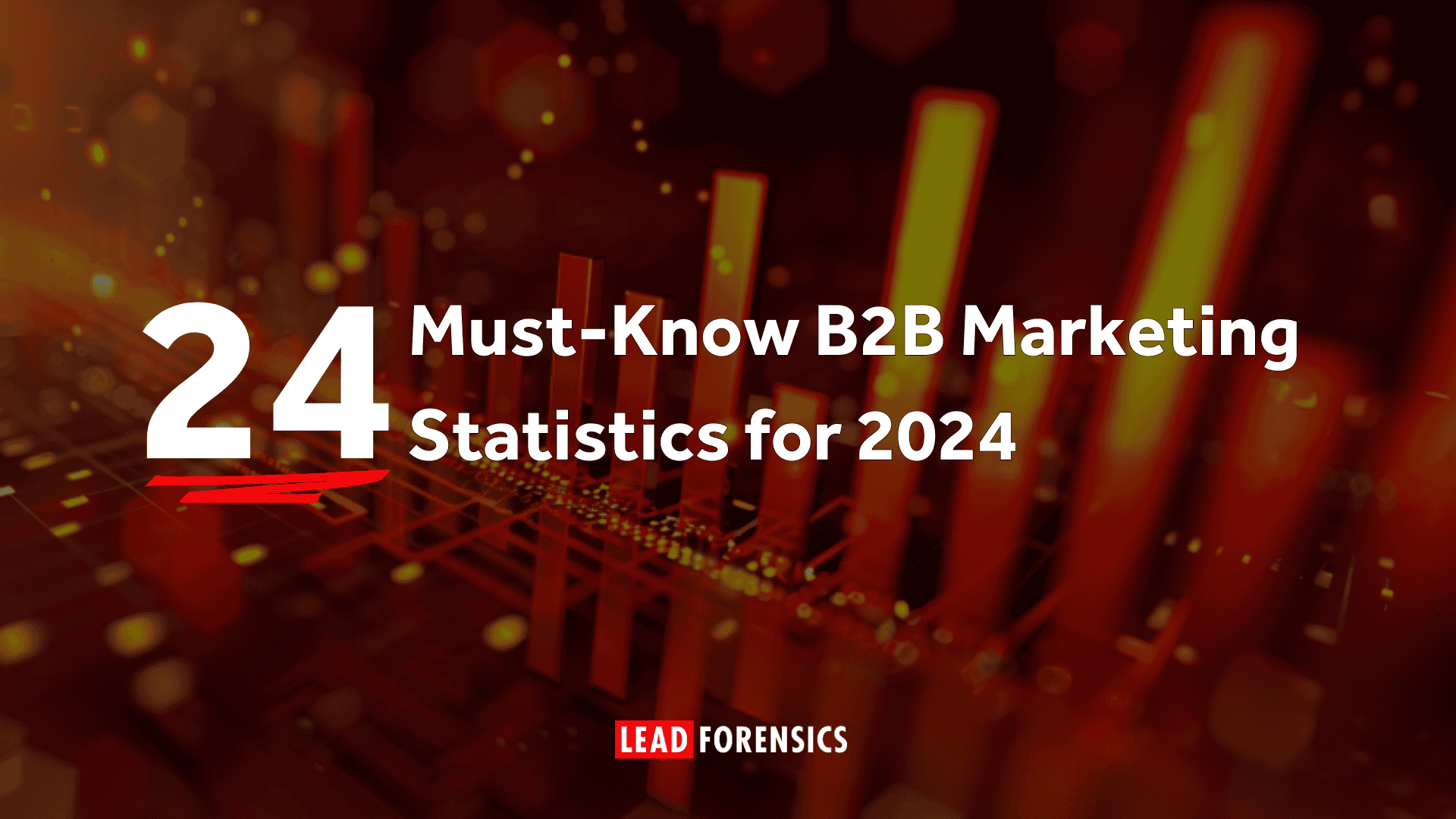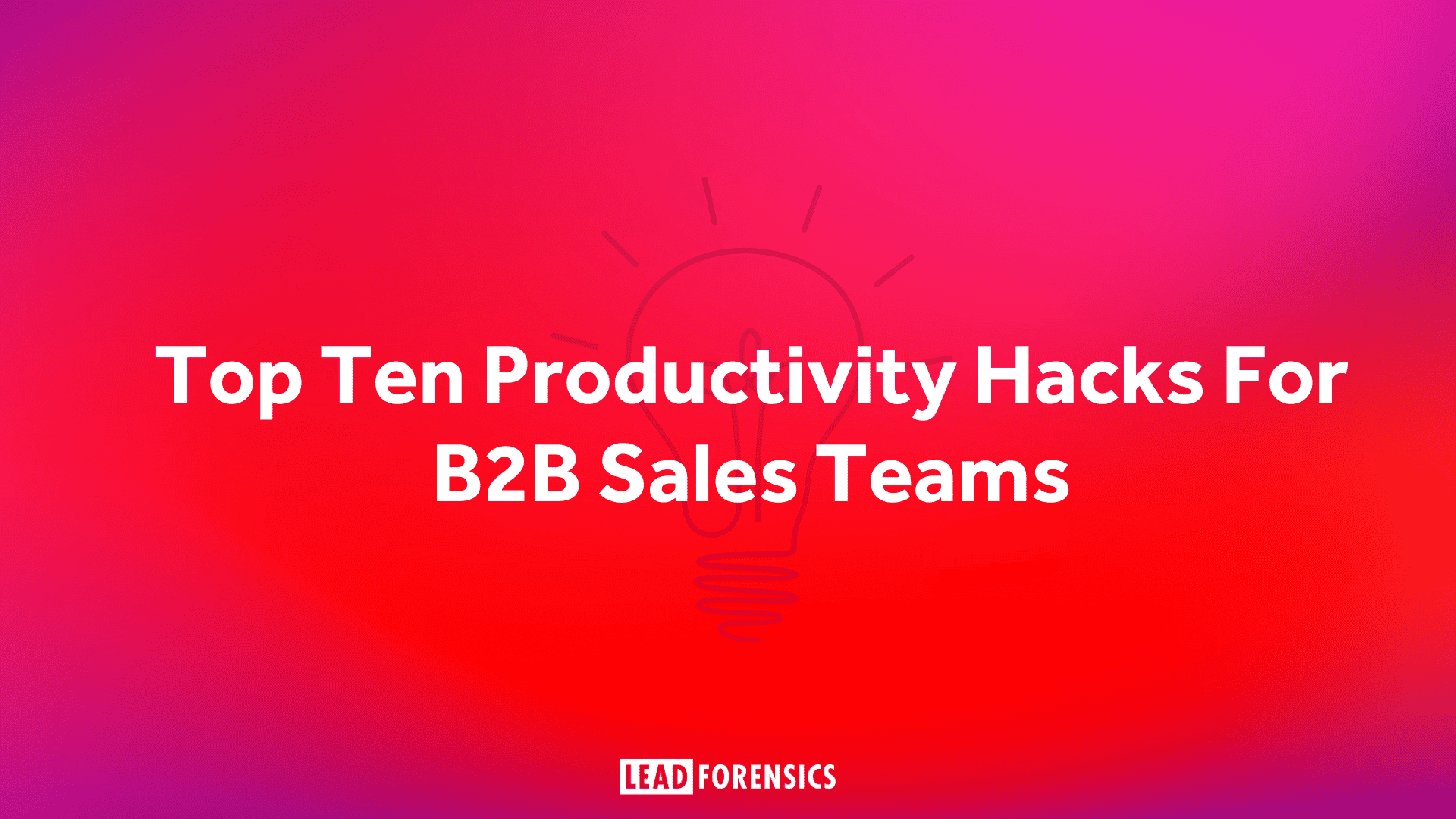No – not that type of Peso! We’re talking about the PESO model, which stands for Paid, Earned, Shared, and Owned media.
Developed by American PR and social media guru, Gini Dietrich, it’s an incredibly effective framework for planning and executing integrated communication strategies, especially in our digital age.
With so much buzz surrounding the PESO model, you might be wondering why it’s become such a hot topic. That’s precisely what we’ll be exploring in this blog post.
We’ll dive into the reasons behind its growing popularity and shed light on the importance of having an integrated approach to marketing in today’s digital landscape.
The Unstoppable Rise of Integrated Marketing
Let’s start by taking a look at the bigger picture. In recent years, we’ve witnessed a significant shift towards integrated marketing approaches. This shift is primarily driven by the increasingly interconnected digital landscape we find ourselves in.
With so many marketing channels and platforms available, it’s more important than ever for businesses to develop a cohesive, unified strategy that covers all their bases.
Enter the PESO model. It provides a comprehensive framework for businesses to create holistic marketing strategies, integrating Paid, Earned, Shared, and Owned media. By using this model, businesses can effectively coordinate their efforts across all channels, ensuring that their messaging and branding remain consistent and impactful.
So, what makes an integrated marketing approach so beneficial in today’s fast-paced digital landscape? For starters, it helps businesses achieve greater reach and visibility by tapping into various channels and formats.
It also fosters a seamless and consistent customer experience, which is essential for building trust and loyalty. Plus, with an integrated approach, businesses can optimize their marketing efforts and budget allocation more effectively, ensuring that they get the most bang for their buck.
The rise of integrated marketing is a testament to the ever-changing digital landscape, and the PESO model has emerged as a powerful tool to help businesses adapt and thrive in this new reality.
The Importance of Diversification in Communication Channels
Businesses must be nimble and adaptable to stay ahead of the curve in the constantly-evolving digital landscape. One of the key ways to do this is by diversifying marketing efforts across multiple channels. In other words, businesses shouldn’t just rely on one or two platforms; they should cast a wider net to reach their target audience more effectively.
The PESO model is an excellent tool for achieving this diversification. By incorporating Paid, Earned, Shared, and Owned media into a single, unified strategy, the PESO model ensures that businesses can maximize their reach and connect with their audience in a variety of ways.
Each of these media types brings unique strengths and opportunities, and by leveraging them in tandem, businesses can truly optimize their marketing efforts.
So, what are the benefits of using various channels? For one, diversification helps businesses reach a broader audience, as different people prefer different channels and platforms. By spreading marketing efforts across multiple channels, businesses can ensure that they’re connecting with their target audience in the most effective way possible.
Diversification also leads to improved engagement, as customers are more likely to interact with brands on the platforms they’re most comfortable with. Lastly, a diverse marketing approach reduces the risk of relying too heavily on one channel, which can be detrimental if that channel experiences a sudden decline in popularity or effectiveness.
In a nutshell, diversifying communication channels is a critical component of a successful marketing strategy, and the PESO model provides the perfect framework for achieving this goal.
The Synergy Between Paid, Earned, Shared, and Owned Media
Now that we’ve established the importance of diversification in communication channels, let’s delve deeper into the unique strengths of each media type within the PESO model and explore how they can work together to create powerful synergies.
Paid Media: With paid media, businesses have the ability to control the placement and targeting of their advertisements. This means they can get their message in front of a highly specific audience, which can lead to improved conversion rates and ROI. Examples include PPC ads, sponsored posts, and display ads.
Earned Media: Earned media is all about credibility and reputation. It’s the publicity a business gains through organic means, such as news articles, interviews, and positive reviews. Since this type of media often comes from third-party sources, it can significantly boost a brand’s trustworthiness and authority in the eyes of consumers.
Shared Media: Shared media, or social media, provides businesses with a platform to engage directly with their audience. Through likes, shares, and comments, brands can create a strong online presence, foster a sense of community, and gather valuable feedback from customers. Social media can also amplify the impact of earned and owned media by sharing and promoting this content with a wider audience.
Owned Media: Owned media, which includes a business’s website, blog, and other branded content, is where the brand can truly establish its voice and authority. By creating high-quality, informative, and engaging content, a business can attract and retain customers, drive conversions, and improve SEO performance.
Integrating these media types within the PESO model creates a synergy that can significantly enhance overall marketing effectiveness. For example, a successful PR campaign can generate earned media coverage, which can then be shared on social media (shared media) and linked to from the company’s blog (owned media).
Simultaneously, targeted paid media campaigns can boost the visibility of the same content, reaching even more potential customers. This integrated approach reinforces brand messaging across multiple channels, resulting in a greater impact on the target audience.
To illustrate the power of the PESO model in action, let’s look at a hypothetical case study…
A tech startup launches a new innovative product and uses the PESO model to plan its marketing campaign.
They invest in paid media to generate initial buzz, leverage PR efforts to secure positive press coverage (earned media), create engaging content for their website and blog (owned media), and actively promote the product launch on social media platforms (shared media).
As a result, the startup is much more likely to enjoy a successful product launch, gain significant brand exposure, and attract new customers through a well-rounded, integrated marketing strategy.
The synergy between paid, earned, shared, and owned media within the PESO model is a key factor behind its effectiveness, allowing businesses to create powerful, integrated marketing campaigns that drive results.
The Role of the PESO Model in SEO
As we explore the many benefits of the PESO model, it’s essential to consider its impact on a crucial aspect of digital marketing: SEO, or Search Engine Optimization.
SEO is the process of improving a website’s visibility in search engine results, making it easier for potential customers to find your business online.
The PESO model is highly relevant in the world of SEO, as it helps businesses create a comprehensive and diverse online presence that search engines LOVE!
Let’s take a look at how the various media types within the PESO model contribute to better search engine rankings:
Paid Media: While paid media campaigns don’t directly impact organic search rankings, they can indirectly boost SEO performance. For instance, well-targeted ads can drive traffic to high-quality content on your website or blog, which can then result in increased user engagement, social sharing, and backlinks – all factors that positively impact SEO.
Earned Media: When your business receives high-quality, organic coverage from reputable websites, it can result in valuable backlinks to your website. These backlinks signal to search engines that your content is credible, authoritative, and valuable, which can improve your search rankings. Additionally, positive press coverage can lead to increased brand awareness and direct traffic to your website.
Shared Media: Active engagement on social media platforms can indirectly influence SEO performance. While social media shares and likes are not direct ranking factors, they can help expand your content’s reach and visibility, leading to increased traffic, user engagement, and potentially more backlinks.
Owned Media: Owned media plays a crucial role in SEO performance, as your website and blog are the foundation of your online presence. By creating high-quality, relevant, and engaging content, you can improve user experience, decrease bounce rates, and increase dwell time – all important factors for search engine rankings. Furthermore, optimized content with the right keywords, meta tags, and headings can make it easier for search engines to index and rank your content.
A strong combination of owned media and earned media within the PESO model can significantly enhance your SEO performance. A well-optimized website filled with valuable content (owned media) combined with reputable backlinks and organic coverage (earned media) sends strong signals to search engines, helping your business climb the search rankings and reach a wider audience.
So, we can see that the PESO model plays a critical role in SEO by encouraging a diverse and comprehensive online presence. By integrating paid, earned, shared, and owned media, businesses can improve their search engine rankings and drive more organic traffic to their websites.
The PESO Model as a Framework for Measurement and Analysis
In today’s data-driven businesses, tracking and measuring the success of marketing campaigns is more important than ever. The PESO model, with its integrated approach, serves as a fantastic framework for businesses to effectively measure and analyze their marketing efforts across different channels.
One of the many strengths of the PESO model is that it allows for a clear and organized structure when it comes to tracking and measuring campaign success. By categorizing marketing activities into paid, earned, shared, and owned media, businesses can more easily pinpoint which channels and tactics are driving the best results, and where adjustments might be needed.
Data-driven marketing and analytics are crucial for refining and optimizing marketing strategies. By analyzing data from each media type within the PESO model, businesses can gain valuable insights into customer behavior, preferences, and trends. This information can then be used to make informed decisions and adjust marketing tactics to better align with the target audience and maximize ROI.
Here are some tips on how to effectively analyze and optimize campaigns using the PESO model:
Set clear objectives and KPIs: Before launching any marketing campaign, establish clear objectives and key performance indicators (KPIs) for each media type within the PESO model. This will help you measure success more accurately and provide a solid foundation for analysis.
Track performance metrics: Collect data on various performance metrics for each media type, such as impressions, clicks, conversions, engagement, and referral traffic. This will help you identify which channels are driving the best results and where improvements can be made.
Leverage analytics tools: Utilize analytics tools such as Lead Forensics, Google Analytics, social media insights, and CRM systems to track and measure the performance of your campaigns. These tools can help you gather valuable data and insights to inform your marketing decisions.
Conduct regular reviews: Schedule regular reviews of your marketing performance to identify trends, patterns, and areas for improvement. Use these insights to refine your marketing strategies and continually optimize your campaigns.
Test and iterate: Embrace a culture of experimentation by testing different tactics within the PESO model, such as new content formats, advertising platforms, or audience targeting strategies. Use data and analysis to inform your decisions, and iterate on your marketing efforts to improve performance over time.
By using the PESO model as a framework for measurement and analysis, businesses can ensure that their marketing campaigns are data-driven, effective, and continually optimized for success. With regular analysis and refinement, companies can make the most of their marketing efforts and achieve their objectives.
Conclusion
As we wrap up this exploration of the PESO model, it’s clear to see why it has become such a popular topic in the marketing industry. The model’s integrated approach to combining paid, earned, shared, and owned media has proven invaluable in today’s fast-paced digital landscape.
By offering a comprehensive framework for planning and executing marketing campaigns, the PESO model enables businesses to tap into the unique strengths of each media type, creating powerful synergies and enhancing overall marketing effectiveness.
The PESO model’s emphasis on diversification and the interconnected nature of communication channels has helped businesses reach wider audiences and achieve better results.
With the added benefit of serving as a framework for measurement and analysis, the PESO model allows businesses to refine their marketing strategies using data-driven insights and optimize their efforts for maximum ROI.
If you’re looking for a more integrated, effective, and measurable marketing strategy, it’s definitely worth considering the PESO model for your business.
By embracing this comprehensive approach, you can not only stay ahead of your competitors in the short-term, but also create a strong, cohesive brand presence that drives results and leaves a lasting impression on your target audience.
About Lead Forensics
Now that you understand the value of the PESO model for your marketing strategy, why not take your efforts a step further with the help of an innovative tool like Lead Forensics? Lead Forensics is a cutting-edge software solution that specializes in revealing the identity of your anonymous website visitors, allowing you to turn potential leads into tangible business opportunities.
With Lead Forensics, you can gain valuable insights into who is visiting your website, what pages they’re viewing, and how long they’re spending on your site. This information empowers your sales and marketing teams to make informed decisions, prioritize high-potential leads, and craft tailored outreach campaigns that resonate with your target audience.
We’d encourage you to sign up for a free demo of Lead Forensics and experience the difference firsthand. Discover how our software can transform your lead generation process and help you drive more sales opportunities for your business. Don’t wait – request your demo today and unlock the full potential of your marketing campaigns.










